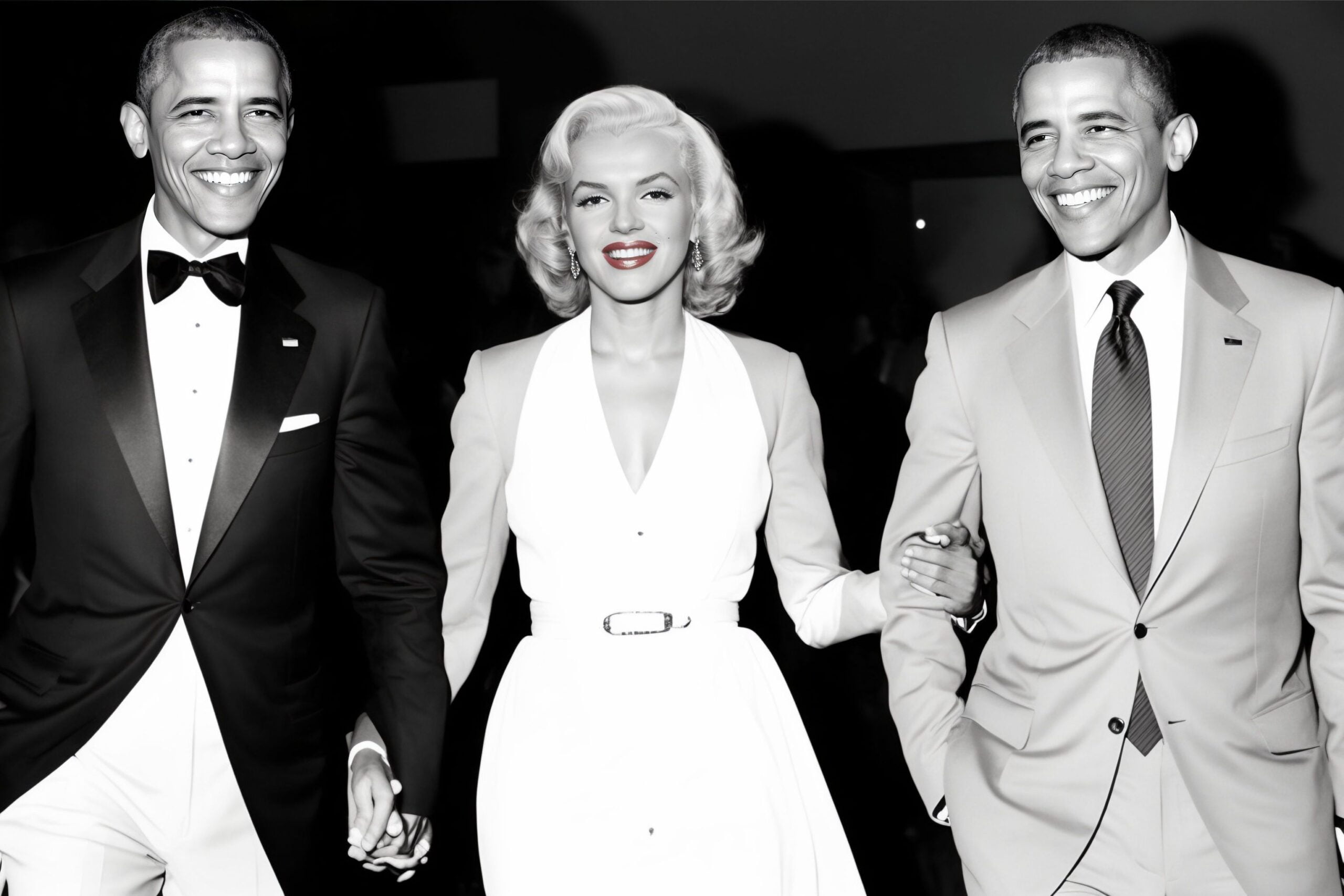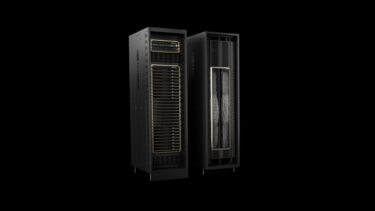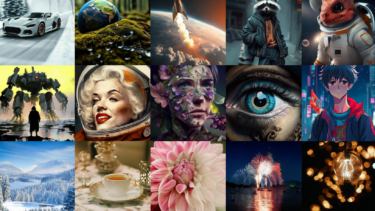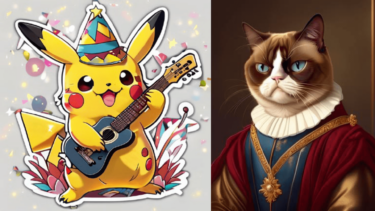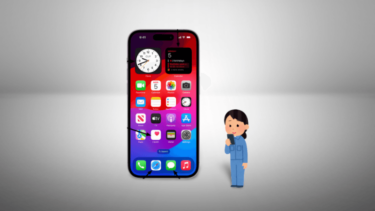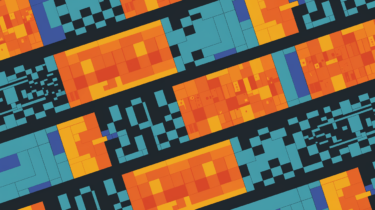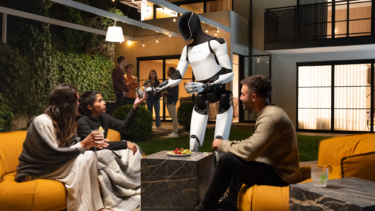Photos and AI images are still easy to tell apart - but for how much longer? A new tool further blurs the lines between real and generated images.
Sharif Shameem, who created the extensive AI image database Lexica Art, has unveiled his new project: Lexica Aperture is an image generator that produces realistic images from simple text input in seconds.
Current AI image generators are not good at generating photorealistic images. Imitating various artistic styles in Midjourney, DALL-E and co. is already at a high level (much to the frustration of some artists), but photorealism is still experimental. With the right prompts, however, you can get close to it.
Midjourney V4 demonstrated this very impressively, and DALL-E 2 already produces photorealism with the right prompt. No wonder that AI image databases are preparing to compete with the classic photo directories, Shutterstock is entering into a cooperation with OpenAI and some photographers wonder if their hobby or profession is over.
Lexica Aperture offers a straightforward web interface
Lexica Aperture can be tried out for free via the straightforward web interface after logging in. The settings are limited to adjusting the resolution between 512 x 768 pixels, the orientation scale between 4 and 13, and a switch to prevent double heads that often occur in AI portraits.
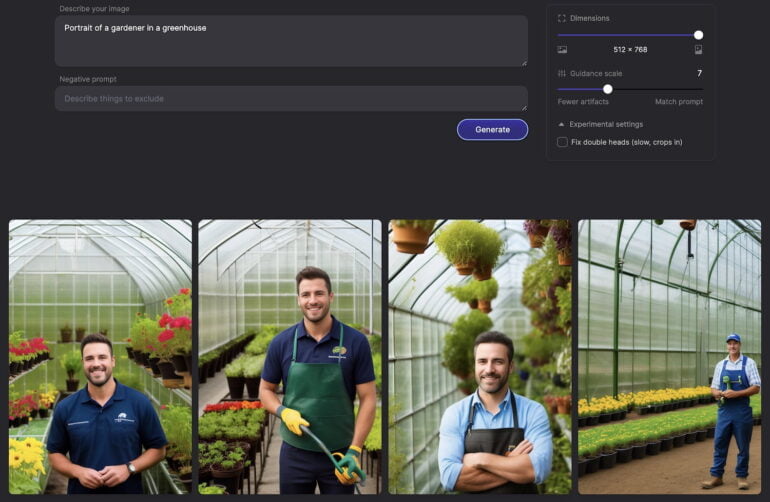
Next to the prompt is a field for negative input of what should not be visible on the image. A few seconds after clicking "Generate", Lexica Aperture spits out four results. Once complete, images can be scaled to a maximum size of 3,072 x 2,048 pixels.
Stable Diffusion trained with high resolution photos
Developer Shameem does not provide a more in-depth insight into the architecture of the model at this time. However, it is almost certainly a fine-tuned version of Stable Diffusion.
"Since the model is trained on high-res photos, I've found that a decent heuristic for Aperture is to think of it as a photorealistic 3D engine you can prompt via text," Shameem writes.
Lexica Aperture certainly won't put photographers out of work just yet, even if faces look more realistic than ever at first glance. All too often, a closer look reveals artifacts and inconsistencies that expose the image as the result of an AI and not a camera. Still, the model does an excellent job with photos, especially when simulating shots on older film.
Polaroid portrait of JFK posing in the White House Oval Office with Marilyn Monroe, color polaroid, historic photo pic.twitter.com/xgDAeTh2Xm
— Sharif Shameem (@sharifshameem) December 12, 2022
